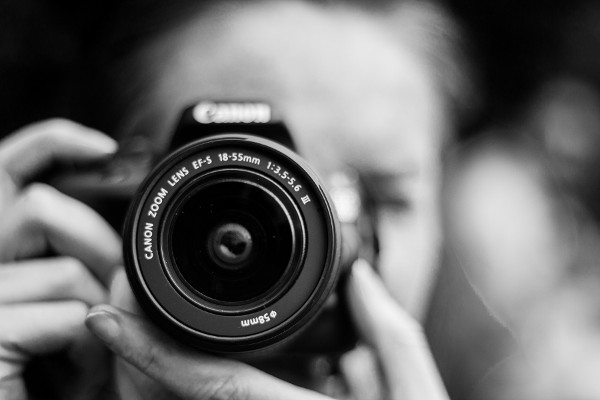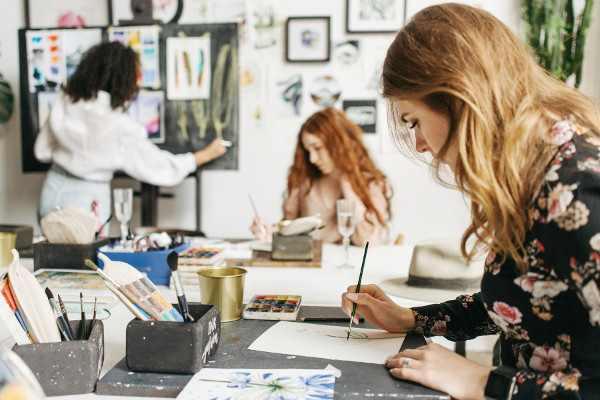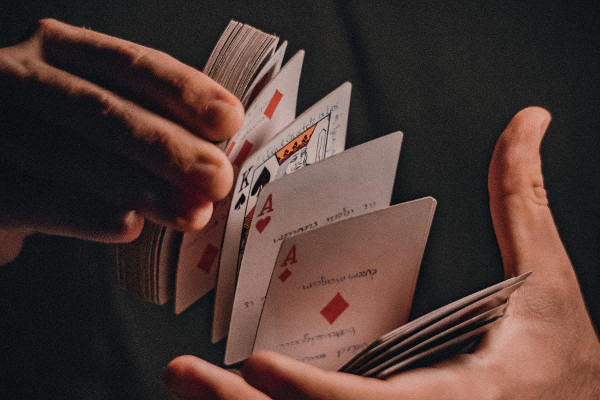How to Start Photography with a Mobile Camera: 15 Tips & Techniques for Stunning Photos
Starting photography with a mobile camera opens up a world of creative possibilities right at your fingertips. It's a great hobby for total beginners, but also for more experienced photographers who are looking for new ways to sharpen their skills. Understanding key techniques and settings on your phone can make a huge difference in the quality of your photos. In this guide, we’ve compiled 15 frequently asked questions about mobile photography, covering everything from camera settings and lighting to editing tips and the best apps. Get ready to take your mobile photography to the next level with these expert insights!
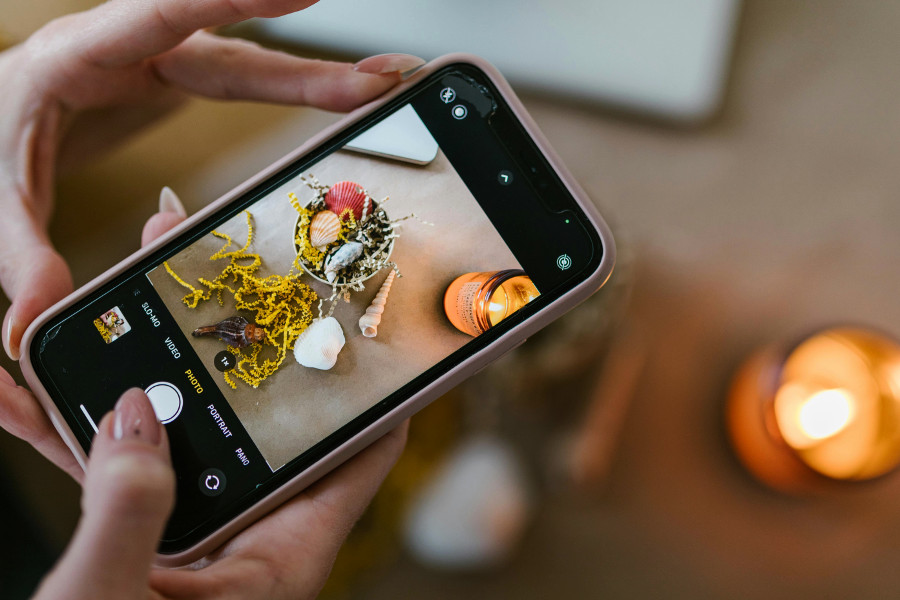
How can I start photography with my mobile camera?
Getting into photography with your mobile camera is simpler than you might think. All you need is curiosity and a bit of experimentation. Start by understanding basic photography principles like composition, lighting, and perspective. Dive into your phone's camera settings and start adjusting things like focus, exposure, and white balance. Take time to explore your device’s capabilities, and if you’re craving more control, there are tons of third-party apps you can download. Start by capturing everyday moments, practicing in different settings, and focusing on simple subjects. The more you experiment, the better you’ll get at turning your phone into a creative tool for storytelling.
What are the best mobile camera settings for photography?
The best settings depend on your environment and phone model, but a good rule of thumb is to experiment with manual adjustments. Play with focus and exposure to ensure sharp, well-lit shots. Keep your resolution at the highest possible for crisp photos. Adjust your ISO: a lower number works best in bright conditions, while higher settings are helpful for low-light scenarios. White balance is another key setting – tailor it to your environment for true-to-life color. For more creative shots, explore portrait mode for depth and HDR mode to bring out details in high-contrast scenes. Get to know your settings, and each photo will become a more deliberate, thoughtful composition.
How do I improve my mobile photography skills?
Improvement in mobile photography comes down to practice and observation. Begin by learning some of the basics – things like the rule of thirds, framing, and using leading lines. Try different angles, shoot from above or below, and experiment with what makes your photos stand out. Natural light is your best friend, so make the most of it by avoiding harsh flashes. Editing apps are also invaluable, offering you the chance to fine-tune your work. Study the work of experienced photographers to get inspired, then challenge yourself to replicate some of their techniques. The more you shoot, the better your instincts will become. Another great way to learn the craft is to join popular photography communities such as forums and connect with others.
Can I take professional-quality photos with a mobile camera?
Absolutely! Modern smartphones are powerful tools for professional-quality photography. With high-resolution sensors, excellent processing software, and manual controls, mobile cameras are now capable of producing stunning images. To make the most of it, focus on mastering lighting, composition, and focus. Don't underestimate the importance of editing – third-party apps give you even more control over exposure, contrast, and color correction. While your phone might not replace a DSLR for certain situations, with practice and the right techniques, your mobile device can capture photos that rival professional shots.
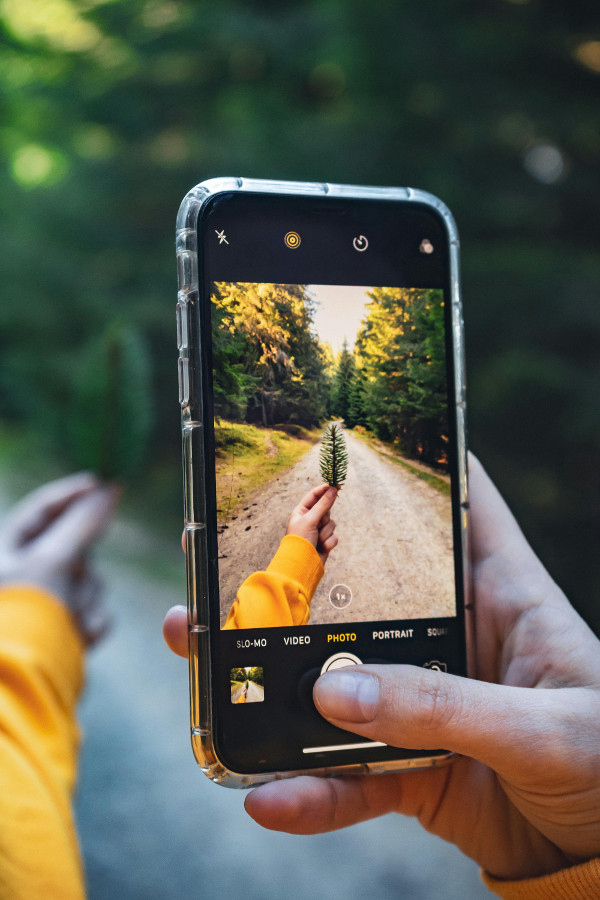
What mobile apps are best for editing photos taken on a phone?
There are several fantastic apps out there to enhance your mobile photos. Adobe Lightroom is a powerful option, offering in-depth controls for exposure, contrast, and color correction. Snapseed is another excellent choice, packed with both automatic and manual tools to adjust everything from shadows to highlights. For a simple, intuitive editing experience, VSCO is a favorite, known for its signature filters. Afterlight is great for adding textures and creative effects, while PicsArt stands out if you're looking to add stickers or text. These apps allow you to refine your photos, making them look polished and professional.
What tips should I follow for better mobile photography?
A few key tips can make all the difference when it comes to mobile photography. First, always focus on composition – use the rule of thirds to create balanced images. Experiment with natural light; it’s usually the best option. Try shooting during golden hour (right after sunrise or just before sunset) for soft, flattering light. Avoid using your phone’s flash, as it often leads to harsh, unflattering results. Tap the screen to lock focus and make sure your subject is crisp. Finally, stabilize your phone to avoid camera shake, especially in low-light conditions, and explore different perspectives for a unique shot.
How do I avoid common mistakes in mobile photography?
Common mistakes can be easily avoided with a little attention to detail. Start by making sure your lens is clean – fingerprints and smudges can blur your images. Avoid digital zooming, as it often lowers image quality; instead, move closer to your subject. Don't forget to adjust your focus – tap the screen to ensure your subject is sharp. Be cautious with the flash – it can cause harsh shadows and unappealing lighting. Always check your background for distractions, and if possible, shoot with natural light. Stay mindful of exposure, especially when shooting against strong light sources, to avoid overexposure.
Should I use my phone's built-in camera app or a third-party app for photography?
Both the built-in camera app and third-party apps have their own strengths. Your phone’s native app is typically optimized for quick, hassle-free use, providing automatic settings that work for everyday photography. However, third-party apps give you more creative freedom and finer control over settings like focus, exposure, and white balance. Apps like Halide or ProCamera offer DSLR-like capabilities, allowing you to manipulate your photos more intentionally. If you’re just starting out, stick with the built-in app. But once you feel confident, experimenting with third-party apps can help elevate your mobile photography to the next level.
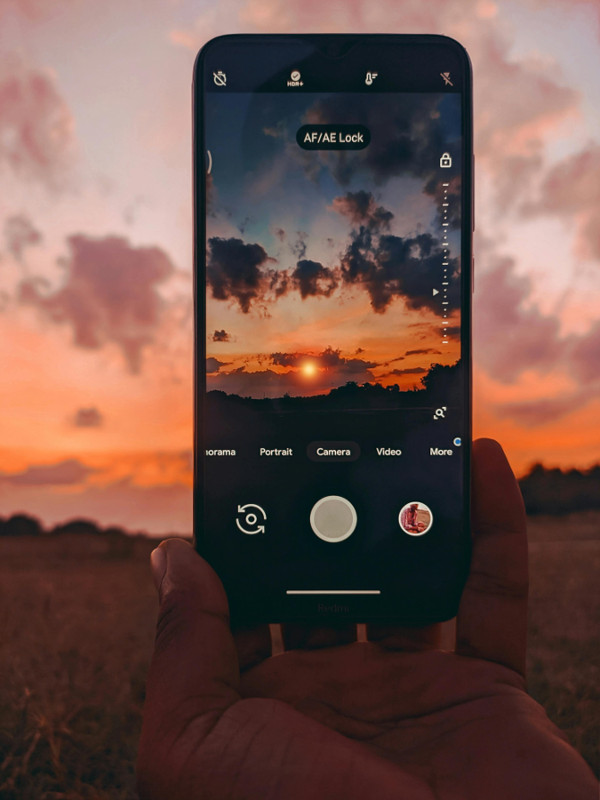
How can I get sharp focus in mobile photography?
Achieving sharp focus is essential for clear, striking photos. To start, simply tap on the screen to focus on your subject, ensuring that it’s crystal clear. Some phones allow you to lock focus, so use this feature if available. In low-light situations, try to stabilize your phone or use a tripod to prevent camera shake. If you’re taking close-up shots, use macro mode for detailed, sharp images. Finally, always ensure that your subject is well-lit – poor lighting can create blurry or out-of-focus results. Good focus is the foundation of every great photo, so take the time to get it right.
What are the best lighting techniques for mobile phone photography?
Lighting can make or break a photo, so understanding how to use it effectively is key. Natural light is your best bet, especially soft, diffused light during the golden hour. If you're shooting indoors, position your subject near a window to make the most of available light. Avoid the harsh midday sun, which can cause harsh shadows and overexposure. If you're using artificial light, consider softboxes or ring lights to create even, flattering illumination. For portraits, backlighting can create dramatic effects, while side lighting can emphasize texture and depth. Experiment with different angles to see how light shapes your image.
How do I use manual mode on my mobile camera for better pictures?
Manual mode on your phone lets you take control of your settings, and it’s an excellent way to enhance your photos. Look for the “Pro” or “Manual” option in your camera app. From there, you can adjust the shutter speed, ISO, white balance, and focus. A slower shutter speed captures more light, but you’ll need a steady hand or a tripod to avoid blur. Adjust the ISO to control the camera’s sensitivity to light – higher ISO for darker settings and lower ISO for bright environments. Adjusting the white balance ensures the colors are true to life. Playing with these settings lets you capture images that match your vision.
What is the rule of thirds in mobile photography, and how do I use it?
The rule of thirds is a simple yet powerful composition technique that helps create visually pleasing photos. Imagine dividing your frame into nine equal sections with two horizontal and two vertical lines. The idea is to position your subject along these lines or at their intersections, rather than placing it in the center. This technique adds balance and makes the photo feel more dynamic. Most mobile cameras have a grid option to help you follow the rule of thirds, so be sure to turn it on. Use this method to frame your subjects creatively, and your photos will feel more intentional and engaging.
How can I take good photos in low light with my mobile phone?
Low-light photography can be tricky, but it’s definitely achievable with a few tricks. Start by using a slower shutter speed to capture more light, but make sure your phone stays steady to avoid blur. A tripod or placing your phone on a stable surface can help tremendously. Increasing the ISO can make your camera more sensitive to light, but too much can cause noise, so try to find the balance. If your phone has night mode, use it – it’s designed to automatically adjust settings for low-light situations. Lastly, try to make the most of available light sources, like lamps or streetlights, without overexposing the shot.
What are the best mobile phones for photography in 2025?
In 2025, mobile phones are more capable than ever when it comes to photography. The iPhone 15 Pro Max is a standout with its powerful camera system and excellent low-light performance. The Google Pixel 9 is another top choice, offering sophisticated AI tools that elevate your photography. Samsung's Galaxy S25 Ultra is beloved for its high-resolution zoom and versatile camera options. Sony’s Xperia 1 V appeals to photography enthusiasts with manual controls and high-quality lenses. Other strong contenders include the Xiaomi Mi 13 Pro and the OnePlus 11 Ultra, both offering excellent cameras and advanced features to help capture stunning photos.
How do I create a photography portfolio from my pictures?
Creating a photography portfolio with mobile photos is all about showcasing your best work. Start by curating a collection of your finest images that demonstrate different styles, subjects, and compositions. Be sure the photos are high-quality and well-edited – apps can help you fine-tune the colors, contrast, and clarity. Platforms like Instagram, Behance, or a personal website are great places to display your portfolio. Organize your photos into categories, such as portraits or landscapes, to make it easy for viewers to navigate. Keep your portfolio updated with fresh content and detailed descriptions for each photo to engage potential clients or followers.

